Publications
DeepPermNet: Visual Permutation Learning
Rodrigo Santa Cruz, Basura Fernando, Anoop Cherian, Stephen GouldIn IEEE Conference on Computer Vision and Pattern Recognition (CVPR), 2017.
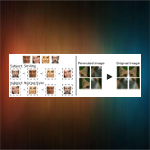
We present a principled approach to uncover the structure of visual data by solving a novel deep learning task coined visual permutation learning. Moreover, we propose DeepPermNet, an end-to-end CNN model for this task. The utility of our proposed approach is demonstrated on two challenging computer vision problems, namely, relative attributes learning and self-supervised representation learning.
Human detection in digital videos using motion features extractors
Rodrigo F. S. C. Oliveira and Carmelo J. A. Bastos-FilhoIn IEEE Latin American Conference on Computational Intelligence (LA-CCI), 2016.
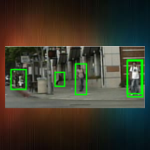
We combine motion features to the Aggregated Channel Features (ACF) pedestrian detector. We demonstrate that motion features can provide more accurate results and reduce false alarms.
On Differentiating Parameterized Argmin and Argmax Problems with Application to Bi-level Optimization
Stephen Gould, Basura Fernando, Anoop Cherian, Peter Anderson, Rodrigo Santa Cruz, Edison GuoTechnical Report, available online on arXiv, 2016.
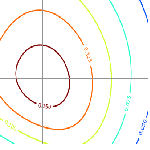
In this technical report we collect some results on differentiating argmin and argmax optimization problems with and without constraints and provide some insightful motivating applications. Such results are very useful for developing end-to-end gradient based learning methods.
Bayesian Model Averaging Naive Bayes: Averaging over an Exponential Number of Feature Models in Linear Time
Ga Wu, Scott Sanner, Rodrigo F. S. C. OliveiraIn Proceedings of the 29th Conference on Artificial Intelligence (AAAI), 2015.
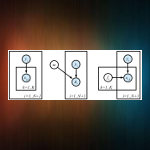
We demonstrate that it is possible to exactly evaluate Bayesian model averaging (BMA) over the exponentially-sized powerset of Naive Bayes (NB) feature models in linear-time in the number of features; this yields an algorithm about as expensive to train as a single NB model with all features, but yet provably converges to the globally optimal feature subset in the asymptotic limit of data.
Regenerator Placement and Link Capacity Optimization in Translucent Optical Networks Using a Multi-objective Evolutionary Algorithm
Renan V. Carvalho, Rodrigo F. Oliveira, Carmelo J. Bastos Filho, Daniel A. Chaves, and Joaquim F. Martins Filho.In Proceedings of Optical Fiber Conference (OFC/NFOEC), 2012.
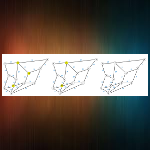
We present an Evolutionary algorithm to tackle simultaneously the regenerator placement and link capacity optimization problems in translucent optical networks. Our proposed method can assist a network designer to manage resources balancing cost and performance.
